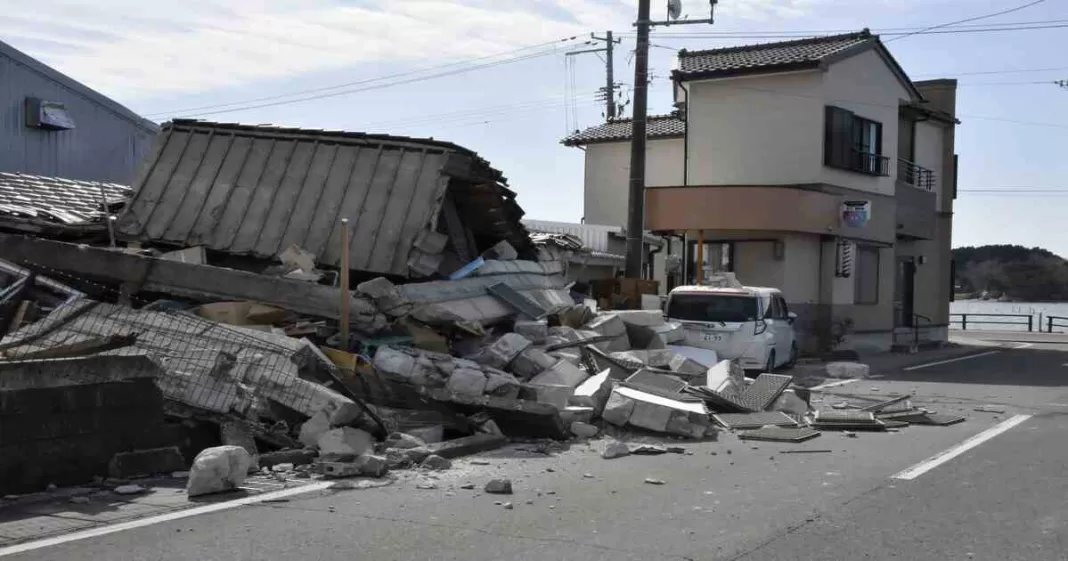On Sunday, a powerful 6.2 magnitude earthquake struck northern Japan’s Hokkaido island, specifically near Urakawa-cho town. The earthquake, occurring at a depth of 123 kilometers (76 miles), had a significant impact. However, fortunately, there have been no immediate reports of damage or injuries. Efforts are underway to assess the situation and ensure the safety of the affected communities.
The Earthquake and its Characteristics
The earthquake struck at 6:55 pm local time, with the US Geological Survey recording it at a magnitude of 6.2. The Japan Meteorological Agency quickly confirmed that no tsunami alert was necessary, providing some relief to the affected regions. The epicenter of the quake was just off the coast of Urakawa-cho town in the Hokkaido region. Notably, the earthquake occurred at a considerable depth, which might have contributed to the reduced impact on the surface.
Read More: Muslim Scouts unite to aid earthquake survivors in Syria and Turkey
Minimal Damage and Injuries Reported
Despite the substantial magnitude of the earthquake, there have been no immediate reports of damage or injuries. National broadcaster NHK confirmed this, indicating that no significant harm occurred as a result of the seismic activity. Local authorities are actively monitoring the situation and conducting thorough assessments to ensure the safety and well-being of the affected communities.
Nuclear Facilities Remain Unaffected
Japan’s nuclear regulator has reported no abnormalities or issues at any of the nuclear facilities in the affected area. This assurance brings relief, as Japan has a history of devastating earthquakes and tsunamis that have led to serious accidents at nuclear power plants in the past. The ability of the facilities to withstand the seismic activity is a testament to the country’s rigorous safety measures and preparedness.
Eyewitness Accounts and Experience of the Earthquake
Eyewitnesses have provided accounts of the earthquake, describing the sequence of events and the intensity of the shaking. A local official interviewed by NHK explained that the earthquake began with sideways shaking, gradually intensifying over time. The shaking lasted for approximately 20-30 seconds, creating a sense of unease and foreboding. Such experiences highlight the emotional impact that earthquakes can have on individuals and communities, even in the absence of physical damage.
Emergency Response
The Japanese authorities swiftly responded to the earthquake by ensuring the safety of residents and assessing the situation. Despite the absence of immediate damage, emergency response teams are prepared to address any potential aftermath, including landslides, aftershocks, or other secondary effects. The country’s robust emergency response systems and protocols, developed through years of experience, enable prompt and efficient coordination during such events.
Read More: Children raise charity for those affected by earthquakes
The 6.2 magnitude earthquake that struck northern Japan’s Hokkaido island has not resulted in any immediate reports of damage or injuries. While the strong shaking caused a sense of unease and lasted for approximately 20-30 seconds, the region’s preparedness and safety measures have proven effective. Prompt response from authorities and the absence of abnormalities in nuclear facilities have provided reassurance to the affected communities. As the situation continues to be monitored, efforts to ensure the well-being and safety of residents remain a top priority.














